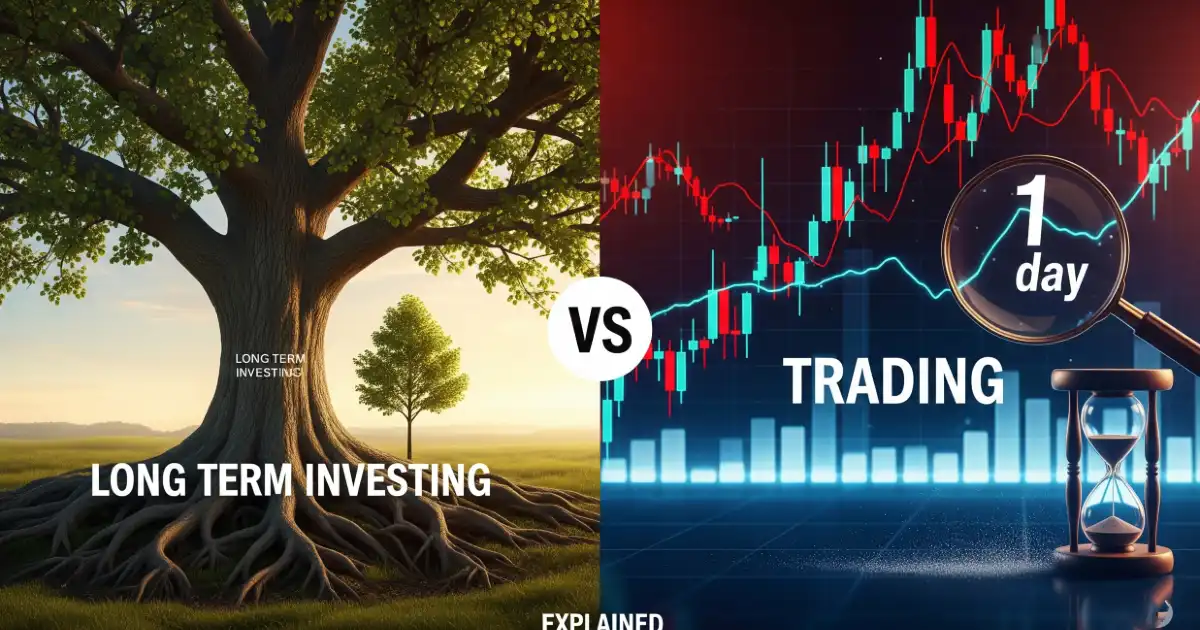When it comes to building wealth in the financial markets, two popular approaches often stand out: long term investing and trading. Both methods aim to grow money, but they are very different in terms of strategy, risk, time commitment, and mindset. If you are new to the financial world and wondering which path is right for you, this article explains the key differences between long term investing and trading in simple terms.
What is Long Term Investing?
Long term investing is the process of buying assets such as stocks, bonds, index funds, or real estate with the intention of holding them for many years. The goal is to benefit from the growth of the economy and the companies behind these investments. Long term investors usually focus on fundamentals like company performance, financial health, and industry outlook rather than short-term price movements.
Key Features of Long Term Investing
- Time Horizon: Typically several years to decades.
- Risk Level: Lower compared to short-term trading, since markets usually grow over time.
- Strategy: Focus on fundamental analysis and buying quality assets.
- Effort: Requires patience and less frequent monitoring.
What is Trading?
Trading, on the other hand, focuses on short-term buying and selling of assets to take advantage of price fluctuations. Traders may hold a position for a few minutes, hours, days, or weeks, depending on their strategy. Unlike long term investors, traders rely heavily on technical analysis, charts, and indicators to make decisions.
Key Features of Trading
- Time Horizon: Very short, ranging from minutes to months.
- Risk Level: Higher compared to long term investing due to volatility.
- Strategy: Focus on technical analysis, chart patterns, and quick decisions.
- Effort: Requires constant monitoring and quick reactions.
Differences Between Long Term Investing and Trading
| Aspect | Long Term Investing | Trading |
|---|---|---|
| Time Commitment | Years to decades | Minutes to months |
| Risk | Generally lower with diversification | Higher due to market volatility |
| Focus | Company fundamentals and growth | Price action and technical indicators |
| Profit Source | Compounding and long-term growth | Short-term price movements |
| Effort | Minimal monitoring | Requires daily attention |
Which is Better: Long Term Investing or Trading?
The answer depends on your goals, personality, and financial situation. If you prefer stability, lower stress, and long-term wealth building, investing may be better for you. If you enjoy analyzing charts, making quick decisions, and can handle higher risks, trading might be suitable. Many successful individuals even combine both approaches—investing most of their wealth for the long term while using a smaller portion for trading opportunities.
Final Thoughts
Both long term investing and trading have their own advantages and disadvantages. Investing builds wealth steadily over time, while trading offers faster opportunities but with higher risks. The key is to understand your financial goals, risk tolerance, and how much time you can dedicate to the markets. By knowing the difference between these two approaches, you can make smarter financial decisions and create a strategy that fits your lifestyle.



